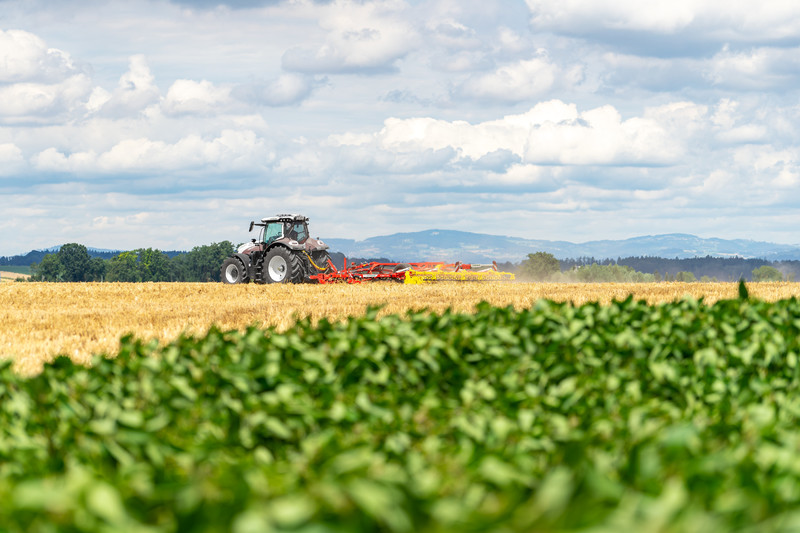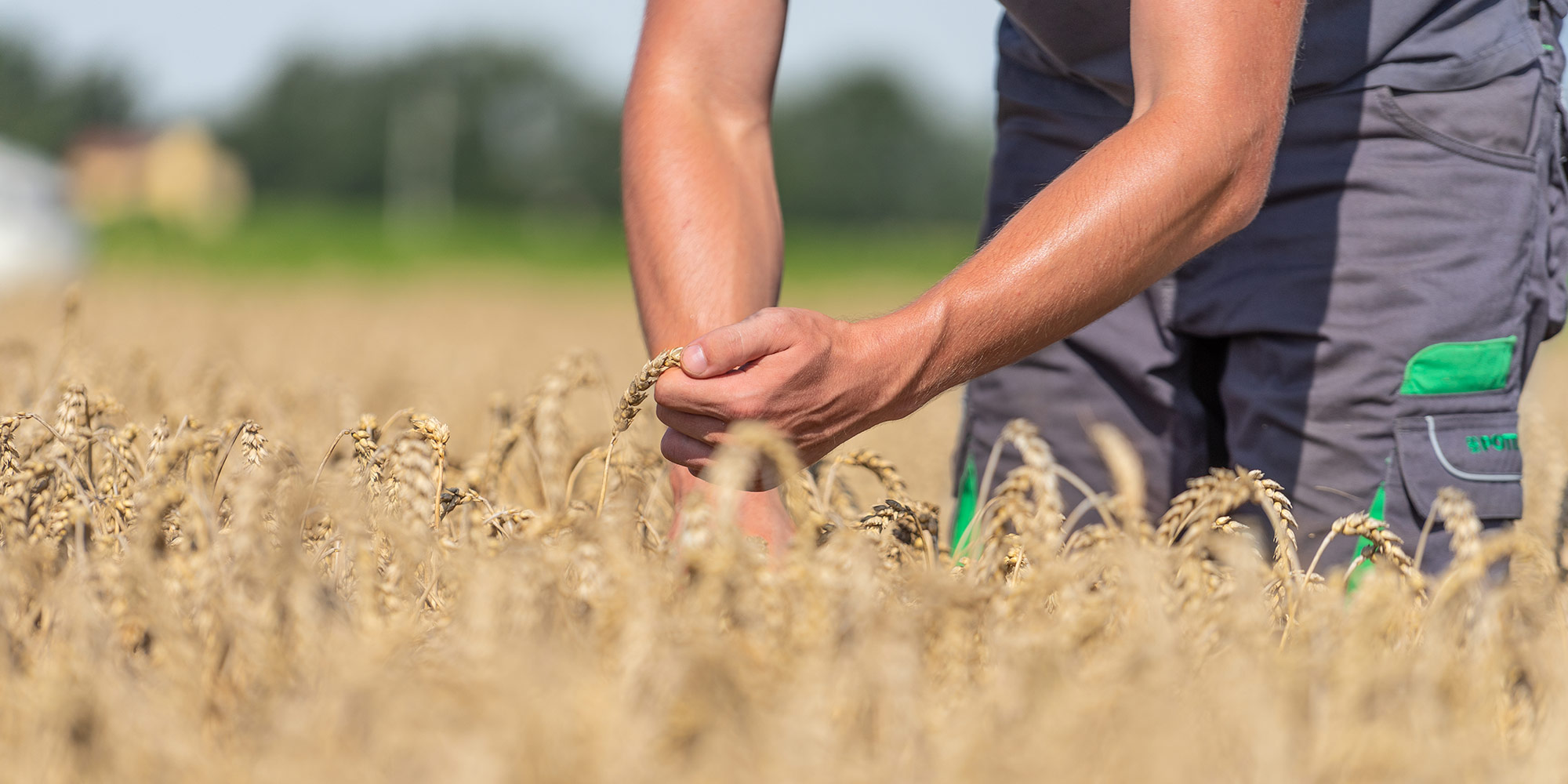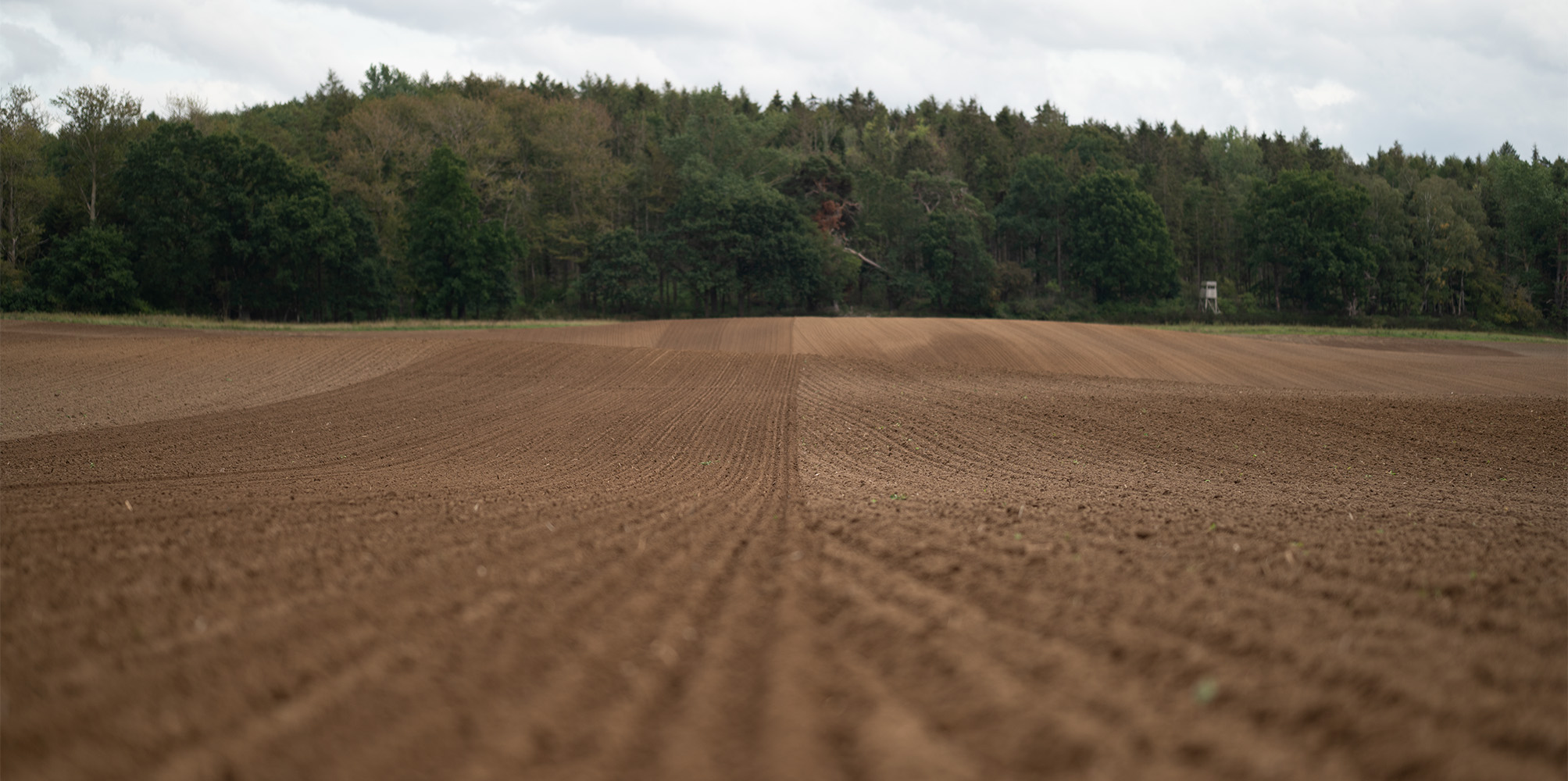
Less is more
From the plough furrow to min-till. The methods of primary tillage are as varied as our soils. Primary tillage lays the foundation for successful sowing. It aims to loosen the soil, incorporate organic matter and make nutrients available. Furthermore, primary tillage helps to reduce harmful organisms and accompanying weeds. Irregular precipitation and extended dry periods in particular make water a challenge. If the soil dries out, its ability to absorb water becomes limited to the extent that water cannot be absorbed even when it rains. This leads to increased erosion. To get the best out of the soil, it is a good idea to match the type of tillage to the specific field and the current weather conditions. Conservation tillage that only moves the upper layer of soil while preserving most of the soil structure below can provide a decisive advantage during periods with challenging weather conditions and on difficult land.
From the plough furrow to min-till. The methods of primary tillage are as varied as our soils. Primary tillage lays the foundation for successful sowing. It aims to loosen the soil, incorporate organic matter and make nutrients available. Furthermore, primary tillage helps to reduce harmful organisms and accompanying weeds. Irregular precipitation and extended dry periods in particular make water a challenge. If the soil dries out, its ability to absorb water becomes limited to the extent that water cannot be absorbed even when it rains. This leads to increased erosion. To get the best out of the soil, it is a good idea to match the type of tillage to the specific field and the current weather conditions. Conservation tillage that only moves the upper layer of soil while preserving most of the soil structure below can provide a decisive advantage during periods with challenging weather conditions and on difficult land.



